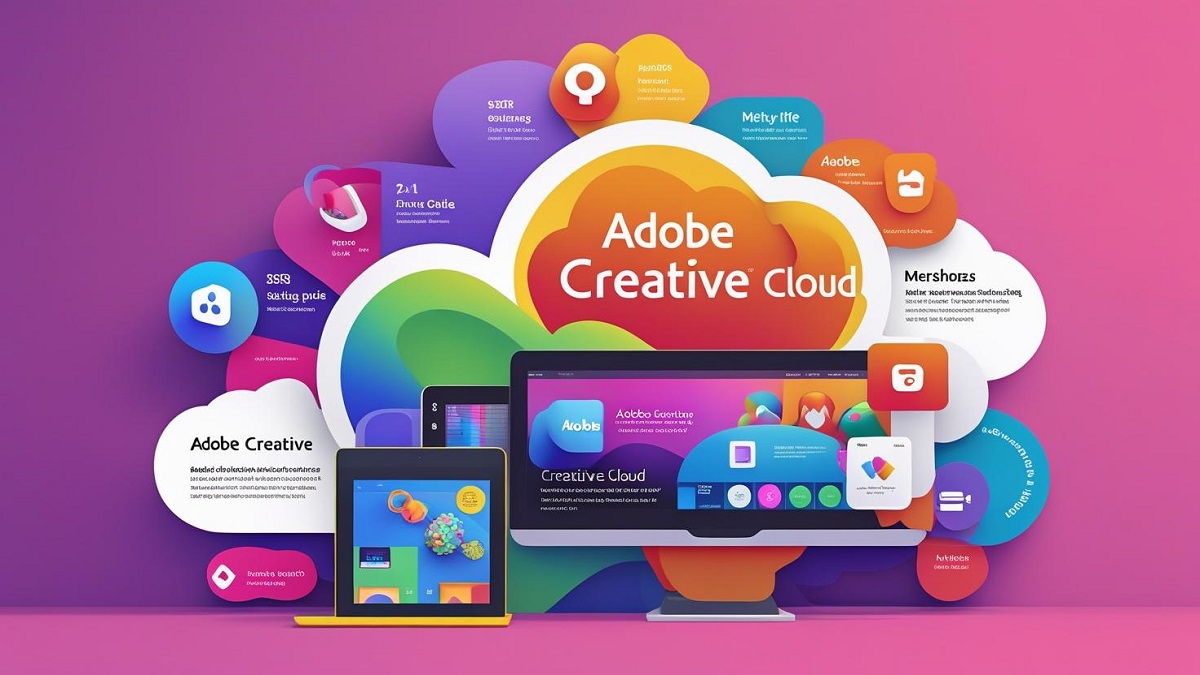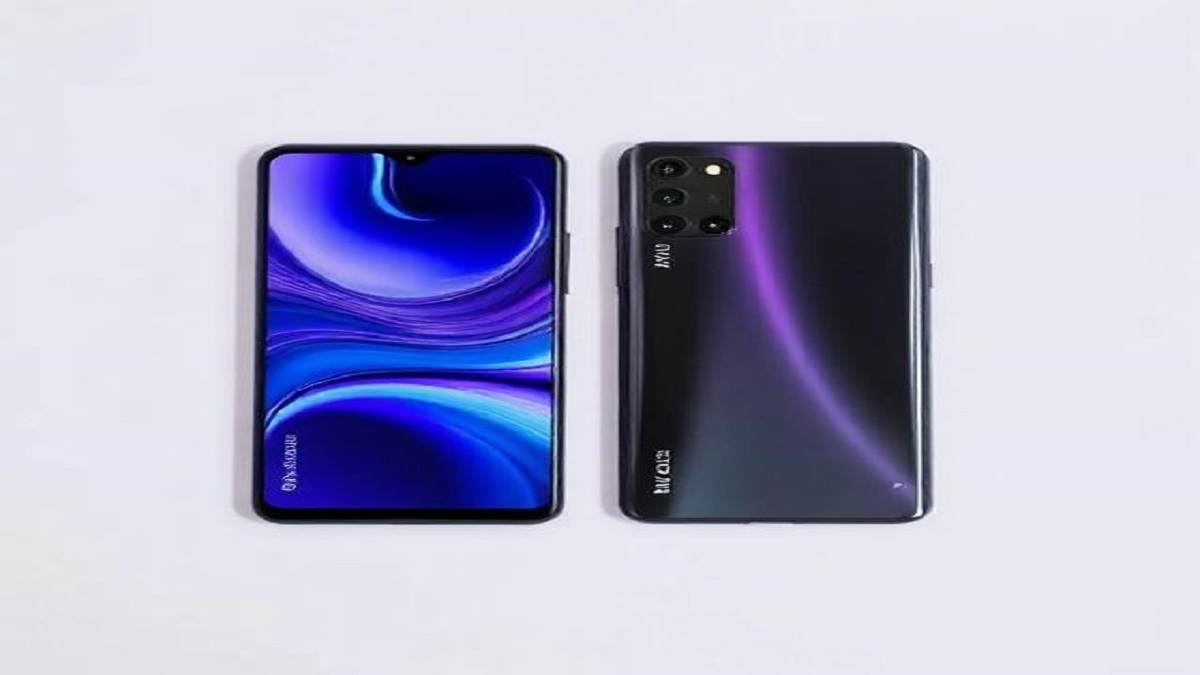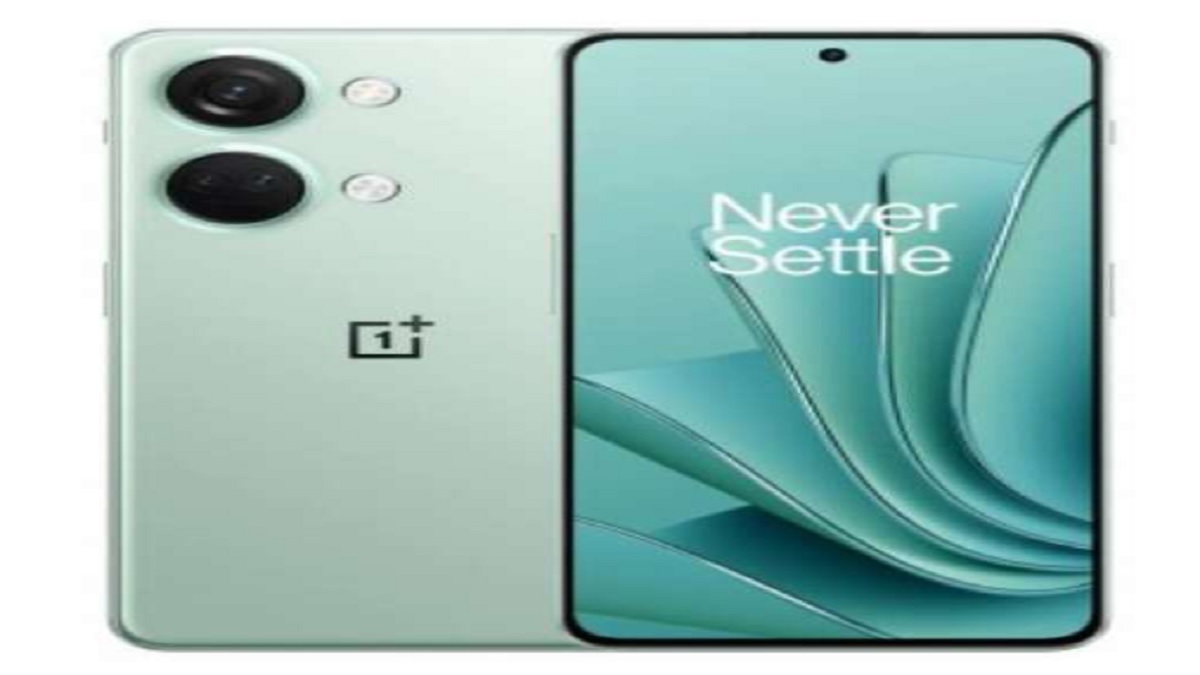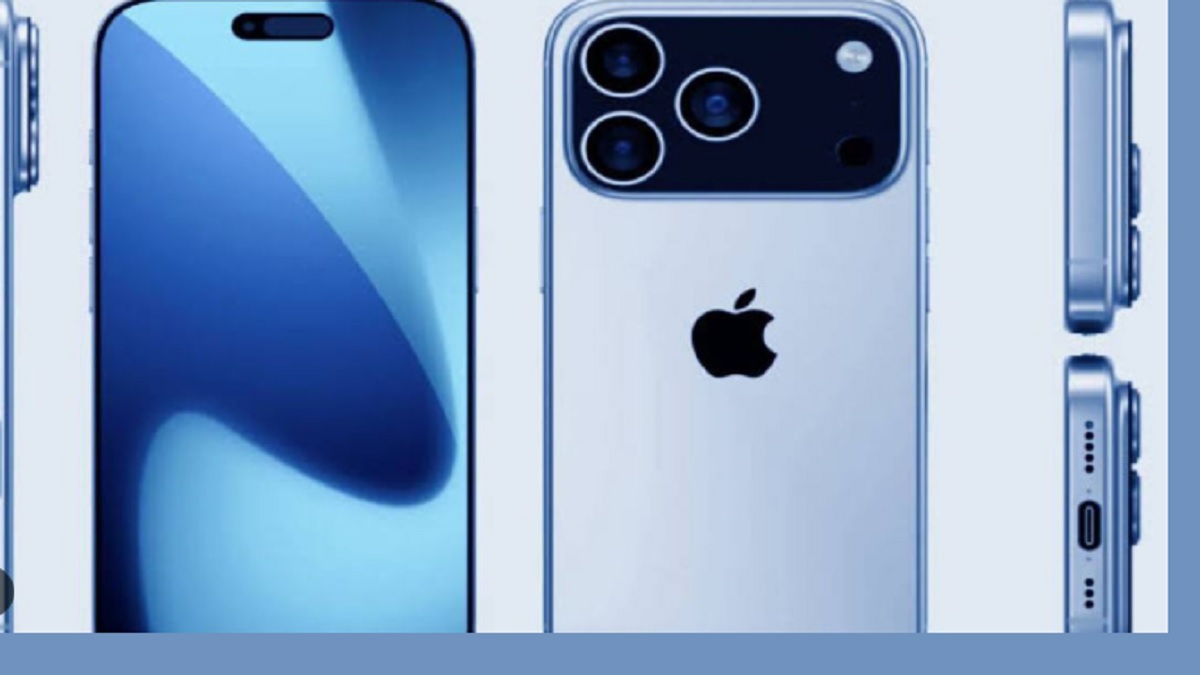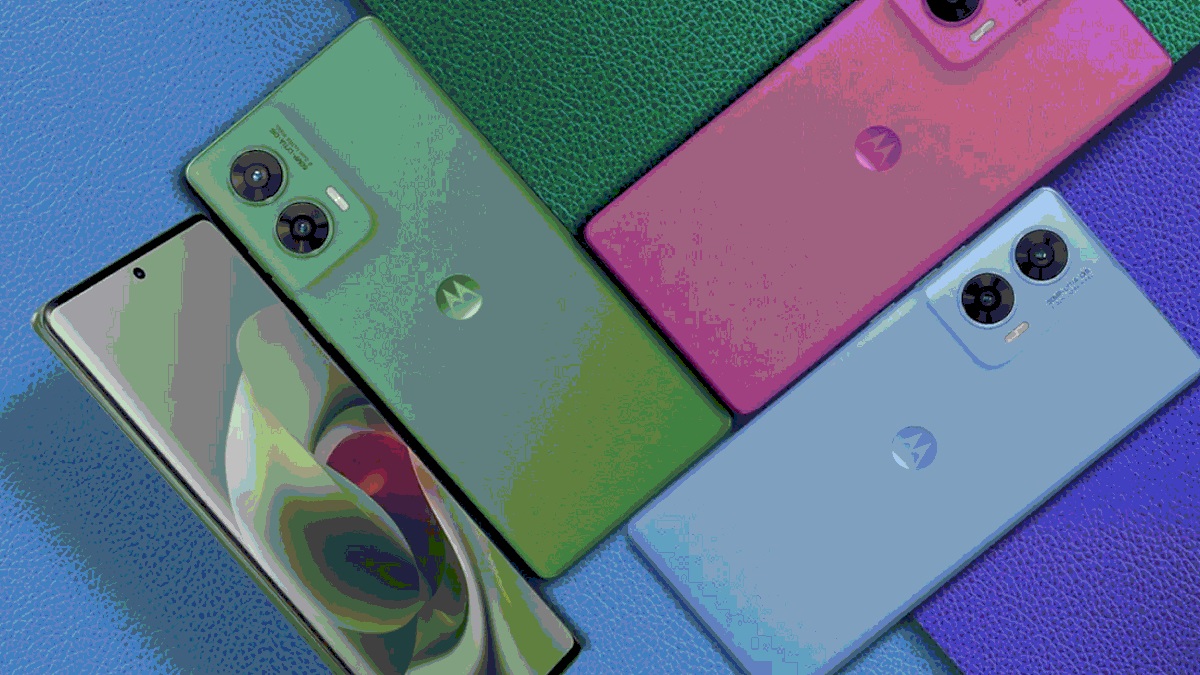Best Pixel Art Software
Pixel art has made a big comeback. It’s popular in indie games, mobile apps, and even digital art communities. To make pixel art that stands out, you need the right software. The best tools can improve your workflow, boost your creativity, and help you produce high-quality artwork. When choosing software, consider how easy it is to use, what features it offers, cost, and support from the community.
What Is Pixel Art and Why Is Software Important?
Pixel art is a style of digital art created with small, visible pixels. It’s often used in retro-style games and animations. This style demands precision, lots of creativity, and good tools. Software impacts how fast you work, how accurately you create, and what kind of effects you can use. As pixel art becomes more popular, advanced tools help artists push their limits and create more complex designs.
Top Pixel Art Software for 2024
Overview of Leading Tools
Here’s a quick look at some of the most popular pixel art software options in 2024:
- Aseprite
- Pyxel Edit
- GraphicsGale
- Piskel
- Pixelorama
Prices range from free to paid, and compatibility spans Windows, Mac, Linux, and sometimes web-based platforms. Your choice depends on your budget and what device you’re using.
Aseprite
Aseprite is a favorite among game developers and digital artists. Its user-friendly interface and powerful animation features make it a top pick. You can manage layers easily, customize color palettes, and create smooth animations with a timeline. It’s paid software, but the one-time fee is affordable. Many indie creators use Aseprite to craft pixel characters and game assets.
Pyxel Edit
Pyxel Edit is simple but effective. It’s perfect for creating tile-based art for games. The interface is easy to navigate, making it a great choice for beginners. You can make tiles seamlessly and quickly. However, it doesn’t support animation well. If you focus mainly on tiles and backgrounds, Pyxel Edit is ideal.
GraphicsGale
GraphicsGale has a long history in the pixel art community. It’s free to use but looks a little outdated. It offers great palette tools and frame-by-frame animation options. Hobbyists often use it to make pixel animations and sprite sheets. If you want a free tool with solid features, GraphicsGale still gets the job done.
Piskel
Piskel runs right in your browser, so it’s accessible anywhere. It’s free and easy to share your work with others. While it doesn’t have all the advanced features of premium tools, it’s great for quick edits and learning. Piskel is popular for beginners, students, and educators wanting a simple way to practice pixel art.
Aseprite Alternatives (Niche Options)
- Krita with pixel brushes offers more flexibility for those who also want to do painting and illustrations.
- Pixelorama is free and open-source, with good features for both beginners and experienced artists.
Depending on your project and skill level, these alternatives might be worth exploring.
Key Features to Consider When Choosing Pixel Art Software
User Interface & Ease of Use
An intuitive layout makes designing easier, especially for beginners. Test out trial versions to see if the workspace feels natural to you. The right UI helps you work faster and avoid frustration.
Animation Support
Animation is a big part of pixel art. Check if the software offers a timeline, onion skinning, and frame management. Softwares like Aseprite and GraphicsGale excel here. Good animation tools save you time and make your creations more polished.
Palette and Color Management
Consistent colors are key for style. Look for software that lets you create, save, and easily pick from custom palettes. This helps keep your project cohesive and saves time switching colors.
Layering and Editing Capabilities
Layers let you organize complex images, making editing easier. Features like selection tools, transform options, and pixel-perfect editing speed up your workflow.
Export Options and File Compatibility
Your final art needs to export smoothly. Ensure the software supports formats like PNG, GIF, and sprite sheets. Batch export and high-quality outputs matter for game integration and sharing.
Pricing and Licensing
Free tools are great for beginners, but payed software like Aseprite offers deeper features. Consider paying once or subscribing based on your needs. Hobbyists usually prefer free tools, while professionals might opt for in-depth paid options.
How to Choose the Best Pixel Art Software for Your Needs
Start by considering your skill level—beginners benefit from simple tools like Piskel or Pixelorama. Do you focus on animations? Pick software with strong timeline features. Project scope matters too: large projects might need more advanced features. Test out trial versions and read reviews to see how others rate the software. Make sure it works on your computer or browser.
Tips for Using Pixel Art Software Effectively
Begin with small projects—practice makes perfect. Watch tutorials from experienced artists to learn shortcuts and tips. Save your work often and experiment with tools you haven’t tried. Keep software updated to access new features and improvements. As you grow, try more advanced tools to enhance your skills.
Conclusion
Choosing the right pixel art software can transform your creative process. Whether you’re a beginner or a pro, tools like Aseprite, Pyxel Edit, GraphicsGale, or Piskel offer different strengths. Match your software to your project goals, skill level, and budget. Don’t be afraid to explore new tools—each one brings new possibilities for your art.
Call to Action
Start by downloading demo versions of top software like Aseprite or Piskel. Join pixel art communities online for tips, feedback, and inspiration. Share your work often—improvement comes with practice and community support. The right tools are just the beginning—your creativity is the real key to making stunning pixel graphics.

